Soviet tank aces. Konstantin Samokhin
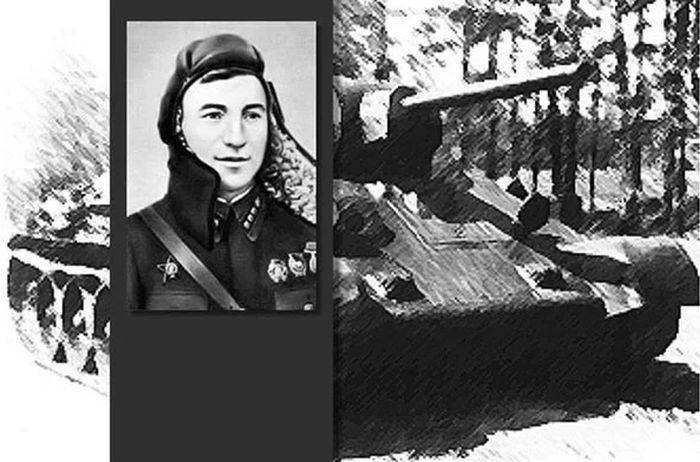
During the Great Patriotic War, Soviet tank crews made a huge contribution to the victory over the enemy. In the most difficult summer months of 1941, sacrificing equipment and their lives, they saved the infantry, giving the Red Army at least some chance of retreating to new positions, delaying enemy advances, standing in the way of the German wedges with a steel wall. All of them: those who died in the first battle, and those who chalked up dozens of destroyed enemy vehicles, as best they could, defended their homeland. It's just that someone, due to better training, tactical literacy, luck and luck, made great strides in the field of destroying enemy armored vehicles, having entered their name into the cohort of Soviet tank aces. One such hero was Konstantin Samokhin of the famous 4th Tank Brigade Katukov, a fellow soldier of the most famous Soviet tanker Dmitry Lavrinenko.
Life path of Konstantin Samokhin before the war
The famous Soviet tank ace was born on 14 on March 1915 of the year, although even in award documents you can find different birth dates for both 1916 and 1917 year. The future officer of the Red Army was born at the Budarino station, which is now part of the village of Cherkesovsky in the territory of the Novoanninsky district of the Volgograd region. At the same time, information about the life of a tanker before the start of World War II is extremely small.
It is known that in the 1928 year, Konstantin Mikhailovich Samokhin joined the Komsomol, and in the 1933 year he was accepted into the party, becoming a member of the CPSU (b). Before World War II, Samokhin managed to graduate from the Kiev Tank Technical School. Most likely, the basics of control and command of the tank Samokhin received on BT series machines. At least on January 1 of 1936 of the 77 tanks of the school’s 50 vehicles, it was precisely the BT-2, BT-5 and BT-7 high-speed tanks, of which the BT-37 tanks made up the lion's share of 2. After completing his training, he managed to take part in the battles of the Soviet-Finnish war, where on 21 of January 1940 of the year he was seriously wounded. For participating in this conflict, Konstantin Samokhin received his first award, on May 20 of 1940, his chest decorated the medal “For Military Merit”.
The difficult beginning of World War II
Konstantin Samokhin met the Great Patriotic War as an officer of the 15th Panzer Division, which was part of the emerging 16th Mechanized Corps of the Kiev Special Military District. The division was stationed near the border in the city of Stanislav (today Ivano-Frankivsk). The corps itself was part of the 12 Army and initially acted as part of the troops of the South-Western Front formed after the outbreak of war, and then was transferred to the Southern Front. On June 1 of 1941 of the year, the corps included an 681 tank, of which new were only 4 KV tanks. Konstantin Samokhin himself met the war on the BT-7 tank, the commander of a tank company in the 30-th tank regiment.
The division did not participate in the battles for a long time, having entered the battle only by the end of the first ten days of July in the Berdichev area. During numerous redeployments in the rear, the division lost the material part, which failed due to breakdowns. By July 15, the division, like the entire 16th mechanized corps, suffered heavy losses; in the battles in the Ruzhin area, the commander of the 30th tank regiment, Colonel Nikitin, died. In early August, the remnants of the 15-th Panzer Division died in the Uman boiler, where they acted as part of the group of Major General Pavel Ponedelin. 14 of August 1941 of the year 15-I Panzer Division was disbanded. At the same time, Konstantin Samokhin and Dmitry Lavrinenko, who served together in the same division, were able to escape captivity and went to their own.
The personnel of the 15 Panzer Division, which had survived by that time, was partially sent to the Stalingrad Region for reformation. On the territory of the region, the Stalingrad Training Armored Training Center was formed, on the basis of which the formation of the 4-th tank brigade of Colonel Mikhail Efimovich Katukov was conducted. Subsequently, this formation will become famous, becoming the 1-th Guards Tank Brigade, and its commander, soldiers and officers covered themselves with unfading glory, showing their best qualities during the battle for Moscow in the fall and winter of the 1941 year. In the new part, Lieutenant Konstantin Samokhin became the commander of the 1th company of light tanks of the BT 2th battalion, commanded by the future Hero of the Soviet Union Captain Anatoly Raftopullo (another officer who left the 30th tank regiment of the 15th tank division).
On the battlefields near Moscow
23 September 1941 year formed 4-I tank brigade was sent to the suburbs by rail. By September 28, the brigade’s units were concentrated in the area of the Kubinka station and Akulovo village, where the connection was additionally replenished with BT-5 and BT-7 light tanks that had gone out of repair. At the same time, the third tank battalion of the brigade remained in Kubinka, as it still did not receive the materiel. October 2 The 4-I tank brigade was advanced towards Mtsensk, where from 4 to 11 on October Katukov’s brigade fought heavy battles against the advancing Guderian tanks, making extensive use of tank ambush tactics. The fighting of the Soviet tank brigade seriously slowed down the advance of the enemy forces and ruined the life of the 4 German tank division and its command. Samokhin, along with his company of light tanks, entered the battle of 7 on October, defending the line of the Ilkovo-Golovlyovo-Sheino brigade in the vicinity of the village of Sheino. Part of the BT-7 tanks, Lieutenant Samokhin ordered to be buried in the ground, the remaining ones were kept as a mobile reserve. After a long battle, in which tanks from the 1 battalion, including the vehicles of senior lieutenant Burda and the chief of staff of the 1 battalion, lieutenant Vorobyev, had to be sent to help Samokhin’s company, the attack was repelled with heavy losses for the enemy. The soldiers of the 4th Tank Brigade then announced that the enemy’s 11 tanks were disabled.
By the time the November battles near Moscow began, the brigade was replenished with new equipment, now Samokhin was already at war on the T-34-76 tank. The crew of Samokhin was especially distinguished during the liquidation of the skyrman bridgehead. This area was defended by the 10-I Panzer Division of the Germans. The fighting in this direction began on November 12, and by November 13-14 the enemy’s bridgehead was liquidated. For the battle in the area of Skirmanovo and Kozlovo (at that time Istra district, Moscow region) Konstantin Samokhin was introduced to the title of Hero of the Soviet Union, but in the end he was awarded the Order of Lenin.
The award sheet noted that in the battles for Skirmanovo and Kozlov, Konstantin Samokhin showed exceptional courage and courage. Despite the contusion, the officer remained in battle for 20 hours, completing the command assignments. During the battle, Samokhin’s tank destroyed 6 enemy tanks, three anti-tank guns, a heavy anti-tank gun (the document may refer to the 88-mm German anti-aircraft guns), 10 bunkers, 4 machine gun nests, 2 mortars and exterminated to Hitler’s company. It was especially noted that, having used up 5 of ammunition, Samokhin continued to fight, throwing enemy dugouts and trenches with hand grenades from the tank.
In early December 1941, Samokhin again excelled. With a company of X-NUMX T-7 tanks, he suddenly attacked the positions of the Germans in the village of Nadovrazhino, supporting the soldiers of the 34-th Infantry Division, he prepared the operation for several days, observing the positions of the Germans in the village. For the attack, night time was chosen, while a blizzard periodically began. As a result of a bold attack, Samokhin’s company destroyed in the village up to 18 tanks, 5 self-propelled guns, about 6 cars, 20 motorcycles and up to 50 enemy soldiers. Having made a raid on the village, the tankers managed to retreat in time, and the German tanks, who came to the aid of the garrison of the village, did not understand the situation, for some time exchanged fire with the garrison of the village, having lost their orientation. In December 200, Konstantin Samokhin received the next rank - Guard Senior Lieutenant. And in February of the 1941 of the year he met the guards as a captain, in the Katukov brigade he was considered one of the most promising officers, and the entire squadron showed itself in heavy battles near Moscow from the best side.
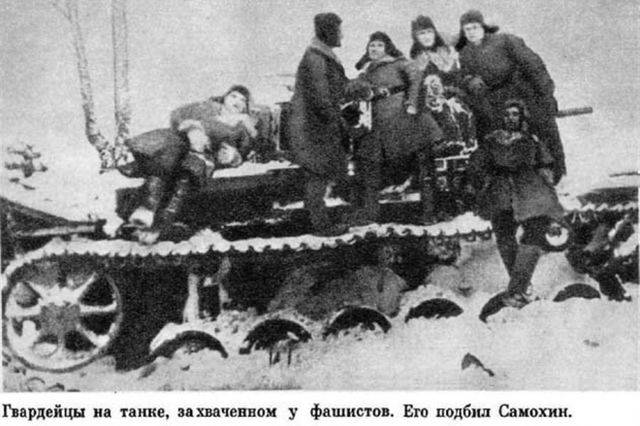
The death of Konstantin Samokhin
Captain Konstantin Samokhin died on February 22 of 1942 a little before he reached 27 years during a battle near the small village of Arzhaniki in the Smolensk Region. These days, the 1-I Guards Tank Brigade conducted stubborn battles to liberate the Karmanovsky district of the Smolensk region. Later, Anatoly Raftopullo recalled that even on February 19 in the battle for the village of Petushki, which consisted of 80 yards, Samokhin almost died in the battle. The battle for the village itself was very difficult, the village passed from hand to hand three times. During the battle, an enemy shell hit the tank, commanded by a brave commander, Konstantin got a heavy shell shock, did not hear well, but refused to leave battle formations and go to the rear for treatment. On the night of February 22, Katukov personally congratulated Samokhin on conferring the rank of captain, Raftopullo recalled. On the same day, during the assault on the village of Arzhaniki, a brave Soviet tanker was killed.
According to the memoirs of the former commander of the tank regiment of the 1-th Guards Tank Brigade Y. Ya. Komlova, the task of capturing the village of Arzhaniki was set in the evening of February 22. To take the village, two combined groups of tanks were created, one of which was brought into action by captain Konstantin Samokhin. Samokhin’s tank was hit near the village itself, at least three heavy shells fell into it, and the fighting vehicle caught fire. All crew members died in this battle, the only one who managed to get out of the burning car was Samokhin, whose body was found near the tank.
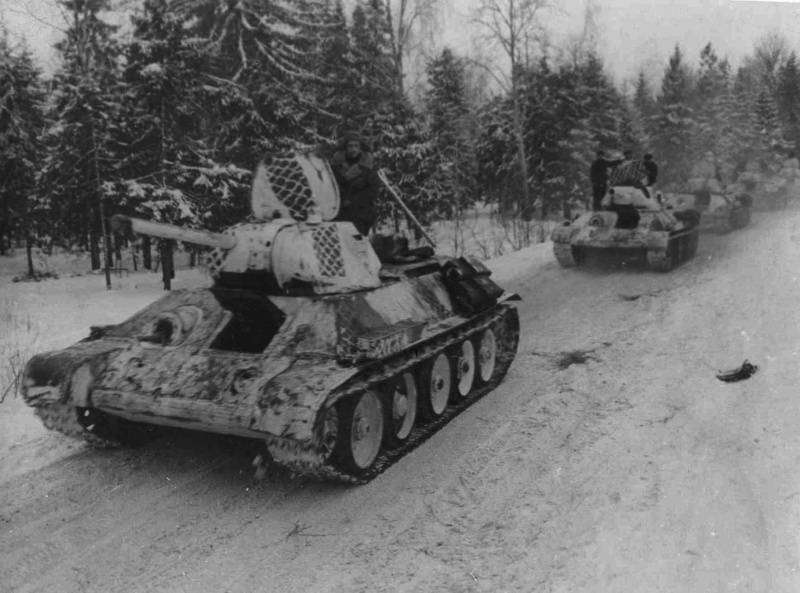
In his book "Soviet Tank Aces" Mikhail Baryatinsky writes that Samokhin with the main group of tanks retreated from the village, since the tankers could not develop success. The infantry and other tanks could not break through to them, and the Germans concentrated strong artillery fire from the depths of the defense in the village. At the same time, three immobilized Soviet tanks remained in the village itself. One of them went on radio with other units, and Samokhin decided to save his fellow soldiers. In addition, the crew of Pugachev and Litvinenko, with whom Konstantin fought in the same tank before, got in touch. Returning to the village with a platoon of thirty-four, Samokhin found two tanks burned, the third tank was shot down, wounded soldiers were recovered from it, and the car itself was towed. It was at this moment when trying to evacuate the wrecked car from the battlefield and saving his comrades, a heavy shell hit the armor of the fighting vehicle in Samokhin’s tank. The entire crew of the tank died in a fire.
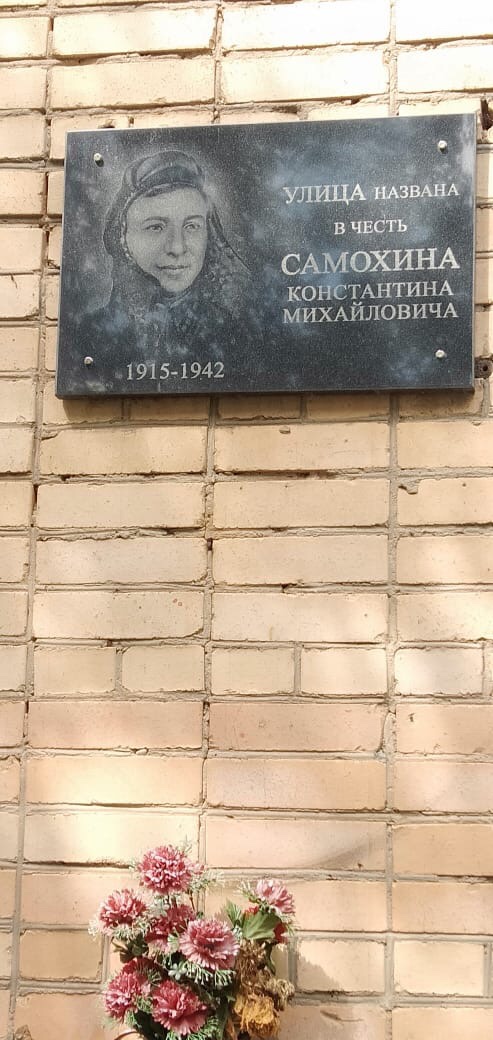 Officially, Konstantin Samokhin counted 30 of the destroyed tanks and self-propelled units of the enemy. At the same time, in some sources, it has been recently mentioned that Samokhin destroyed 69 enemy tanks and many other enemy equipment. But here we are talking about the general account of his tank company, which he commanded for six months. Despite the outstanding results demonstrated in the most difficult battles of the fall-winter of 1941 and the beginning of 1942, Konstantin Samokhin was not awarded the title of Hero of the Soviet Union, although the command presented him for this award. This question did not arise even after the end of the war.
Officially, Konstantin Samokhin counted 30 of the destroyed tanks and self-propelled units of the enemy. At the same time, in some sources, it has been recently mentioned that Samokhin destroyed 69 enemy tanks and many other enemy equipment. But here we are talking about the general account of his tank company, which he commanded for six months. Despite the outstanding results demonstrated in the most difficult battles of the fall-winter of 1941 and the beginning of 1942, Konstantin Samokhin was not awarded the title of Hero of the Soviet Union, although the command presented him for this award. This question did not arise even after the end of the war. At the same time, the merits of Konstantin Samokhin were nevertheless marked by numerous orders and medals. For success in battle, he was awarded the Order of Lenin, two Orders of the Red Banner, the Order of the Red Star, medals "For Courage" and "For Military Merit", and also posthumously medals "For the Defense of Kiev" and "For the Defense of Moscow". An interesting fact is that by Order No. 73 of May 7 of 1943 of the 1 Guards Tank Brigade, Captain Konstantin Mikhailovich Samokhin was posthumously listed on the personnel list of units and divisions of the brigade. The hero's memory was immortalized where his vital point was cut short. Not far from the southern outskirts of the village of Arzhaniki, a memorial obelisk was erected at the site of the death of the officer. And in the village of Karmanovo, Smolensk region, where a tank hero was buried in a mass grave, one of the main streets is named after him.
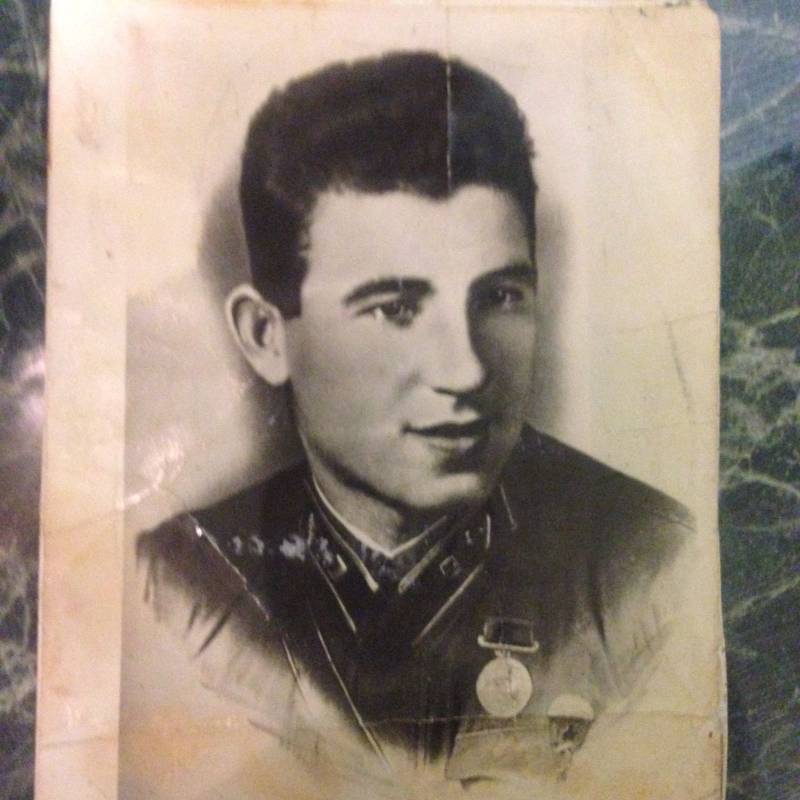
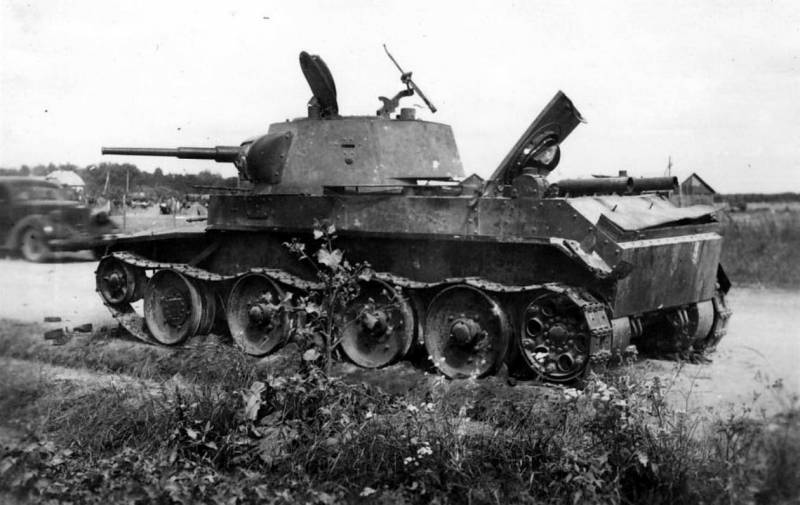
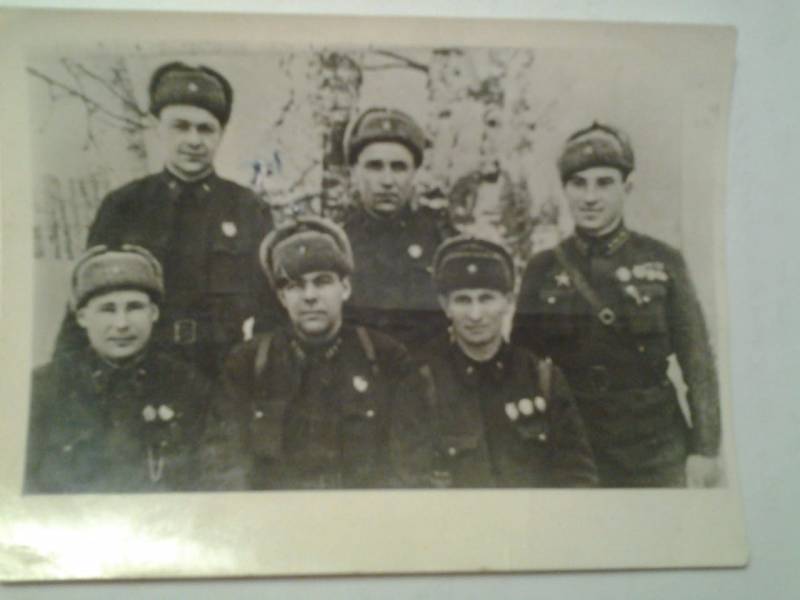
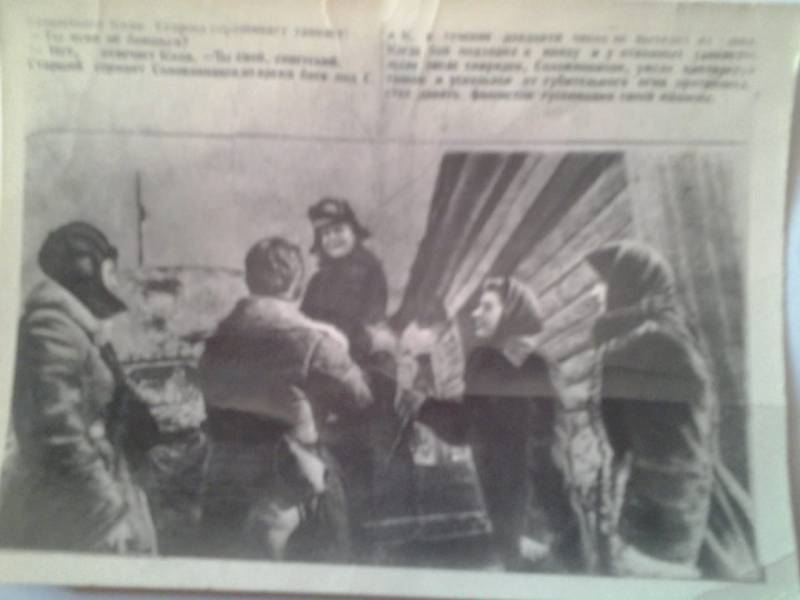
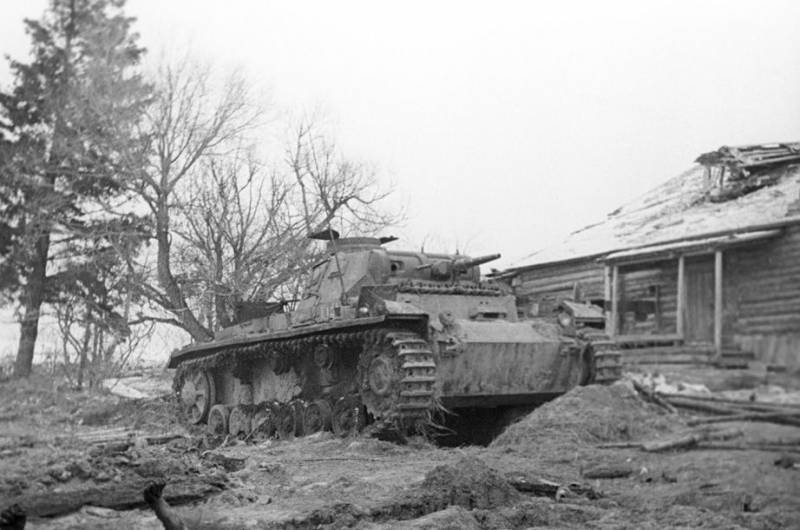
Information